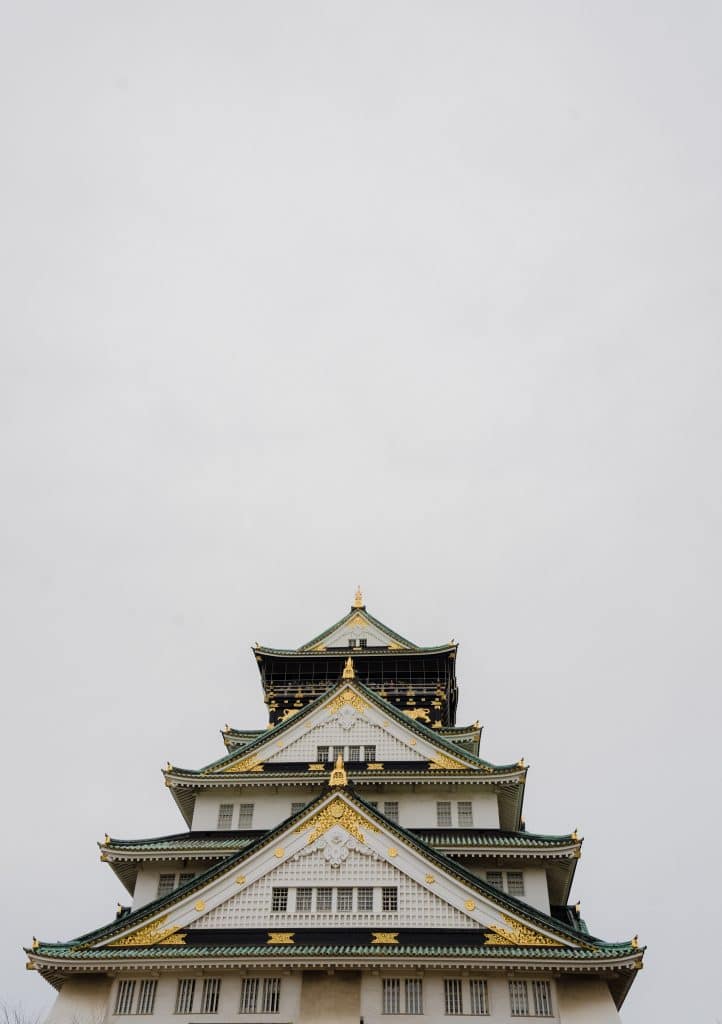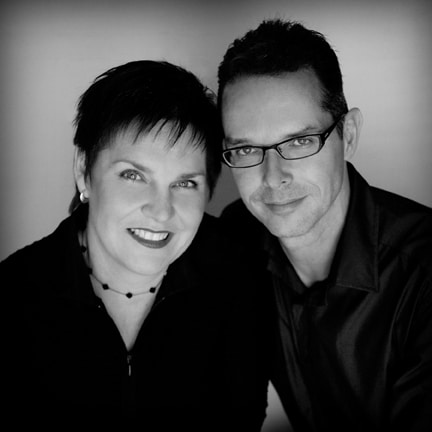
Recently on our student website we were asked this excellent question and thought some of our readers may also be interested in the answer…
Q: The Waka Poetry of the Emperor Meiji
Lately, I have been wondering about the practice of Gyosei, the Waka Poetry of the Emperor Meiji. It seems like most people choose not to reflect on these poems, or at least not talk about them. Why? I am not really sure, because they are not original works by Usui sensei maybe?
A: The Meiji Emperor inspired (or perhaps desired) a great deal of nationalism throughout his reign. He is the author of the waka we know to have been used by Usui sensei. Usui was not the only one to use his waka in his teachings, so did other teachers (including martial artists) of that era.
These gyosei appear to have been of a spiritual nature (at least that is the case for the translated ones we’ve read).
There is an historical precedent for this with samurai holding moon viewing parties where waka would be quoted to one another under a lovely Japanese moon and we have read of martial artists in the early 1900s continuing this tradition. Usui sensei was born into a samurai family.
Also created out of this nationalistic period was the Imperial Rescript on Education created by the Meiji Emperor which was taught in all schools including schools by martial artists such as Gichin Funakoshi (karate founder). It has even been suggested that the Reiki precepts originated from, or were inspired by, this (though we doubt it). This rescript was hung alongside the Emperor’s photo where it was treated with awe.
You can find out more about the rescript, and read a copy of it, in The Reiki Sourcebook.
When we put these facts together there may be some answers for you.
Because of the extreme nationalism of this period we think it would have been expected that people such as Usui sensei, who worked with self-development and spirituality, would use these gyosei in their practices (just as they were all expected to uphold the Emperor’s rescript).
One, because it had been a samurai tradition for hundreds of years for them to come together and share the beauty of waka. Two, because it showed an appropriate nationalistic tone. And three, because he may also have felt that it was a beneficial way for students to develop their inner spiritual connection.
So, why don’t we utilise these waka today? And should we?
Well, we utilise them to a certain degree. From our perspective we include some in our manuals, describe them in a traditional practice on our website, and include them in our Reiki Ho CD where we take the student through hatsurei ho (taken from a traditional practice once performed by the Usui Reiki Ryôhô Gakkai).
We think the issues with using them are that: they are best read in Japanese (though naturally we get the idea in English, we probably miss out on layers of understanding). Funnily enough the Japanese Reiki teachers who teach westerners do not appear to teach them as a practice. This might be because they were a tradition at that time in history and this practice of moon viewing etc… is culturally no longer popular. With the Meiji Emperor gone and the Japanese culture changing there may have been many such practices that fell by the wayside. We don’t hear of today’s karate practitioners practising waka either and yet their founder did.
Another issue is – how do you practice gyosei? In Hawayo Takata’s teachings there is no mention of waka (that we are aware of from research). So western Reiki practitioners, who would make up the majority of Reiki practitioners in the world today, had absolutely no idea about them or that they might be related to their Reiki practice at all. Once the Reiki Ryôhô Hikkei began circulating in the late 1990s, people saw the translated waka and were intrigued – but what on earth do you do with them?
We got a Japanese book translated which was written by a student of Usui sensei, Tomita Kaiji. The major element of his practice of hatsurei ho was meditating on one of the Meiji Emperor’s waka. This is the practice we have included here on our website where you can also hear waka read in Japanese.
You may also have read in our book The Japanese Art of Reiki: A Practical Guide to Self-Healing , suggestions for working with the written word including waka.
So, basically gyosei practice is probably one of the most “foreign” elements of the system of Reiki to those of us in the West and maybe even to modern Japanese Reiki practitioners. This does not mean that we should not or cannot work with them however.
Bronwen and Frans Stiene are the co-founders of the International House of Reiki and co-authors of The Reiki Sourcebook, The Japanese Art of Reiki, Your Reiki Treatment, The A-Z of Reiki Pocketbook and the Reiki Techniques Card Deck. Bronwen and Frans teach in the USA, Europe and Australia. Visit the Courses page to find a course near you.


Comments 3
I wander if waka can be used as a form of meditation ? If its not used and looked upon like other elements of system of Reiki. Thinking. I do see and have found poetry etc. as a great form of healing if you find yourself connected to it , same way as you would use the other tools . The only think is instead of visualizing or chanting one has to be connected and then write what comes to mind or perhaps draw or paint or dance or sing for that matter. thinking
Hi Seema,
Yes you can use waka for meditation as well.
Dear Frans,
By chance, do you know where can I found the 125 gyosei of the Emperor?
Paul Marchal